In the world of digital audio, it seems like everyone is talking about Clubhouse. (Elon Musk debuted on the platform this week!) For an invite-only, iOS-only social audio platform, there are suddenly a LOT of people on there and a LOT of people excited about it.
In May of 2020, it had 1,500 users and was already valued at $100M. This past week, there appear to be over 2 MILLION users, and with a reported additional investment from VC firm Andreessen Horowitz, the valuation now stands at $1B. That is some serious growth in a short period of time.
So (if you can secure an invite and you have an iOS device), here are some ways to think about an audio strategy on Clubhouse…
First and foremost, whether you’re a creator or a brand, you need to answer this question: what’s the job you’re hiring audio to do?
Once you know the answer, you can determine what to make, where it should live (podcasting, Clubhouse, radio, etc), and how to use it. There are lots of great uses — and some not so great uses — for Clubhouse. Here are a few ways to think about when and where it makes sense.
Clubhouse and Podcasting
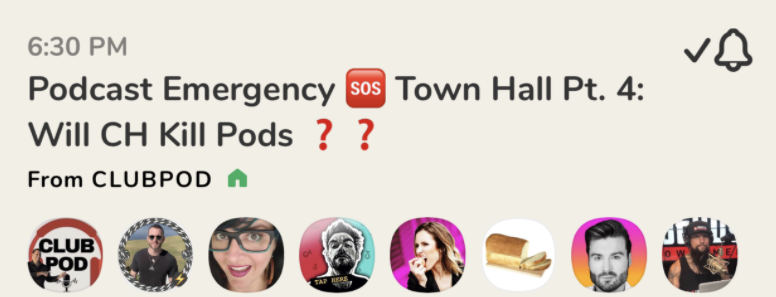
I’ve seen several articles, many tweets, and numerous Clubhouse rooms focused on one question: will Clubhouse kill podcasting?
As with many others, my quick answer is an emphatic “NO!” Why?
Clubhouse and podcasting (mostly) serve entirely different purposes. Clubhouse is primarily being framed as “social audio,” which, by definition of the way they are distributed, is not possible for podcasts.
Podcasts are on-demand shows, in the same way that Netflix, Prime Video, and Hulu let you consume the shows you want on your own schedule. The most successful shows are very well-produced. They are often edited to increase quality. Many have narrative-based formats. They offer the possibility of rich sound design that creates scenes and emotions in your mind. I know there are many exceptions and that there are a LOT of unedited talk podcasts, but…
Clubhouse, so far, has none of those attributes. None.
However, Clubhouse is able to do all sorts of things that podcasting can’t, too. If you want to create a live show, if you want to interact with an audience as part of the show, and if you want to be real-time topical, Clubhouse is a much better option than starting a podcast.
Many years ago, I was working with Jonas Woost (Pacific Content’s Director of Strategy) at CBC Radio. He led me through an exercise of making a very basic chart to determine which platforms we should use for which purposes. I’ve created a similar chart to show where you might decide to use a podcast, or you might decide to use Clubhouse, based on what your strategic needs might be.

Not a lot of overlap here.
(This is not to say that some creative minds will not figure out how to add narrative layers to a Clubhouse room or that some brilliant experiments will allow for ‘theatre of the mind.’ In fact, it feels like that will indeed happen at some point if Clubhouse continues on its current trajectory.)
I’m writing this on the same afternoon that Jeff Bezos announced he would be stepping down as CEO of Amazon and there could not be a better example of what Clubhouse is perfectly suited for. Right now, there are several different rooms focused exclusively on the Bezos news:
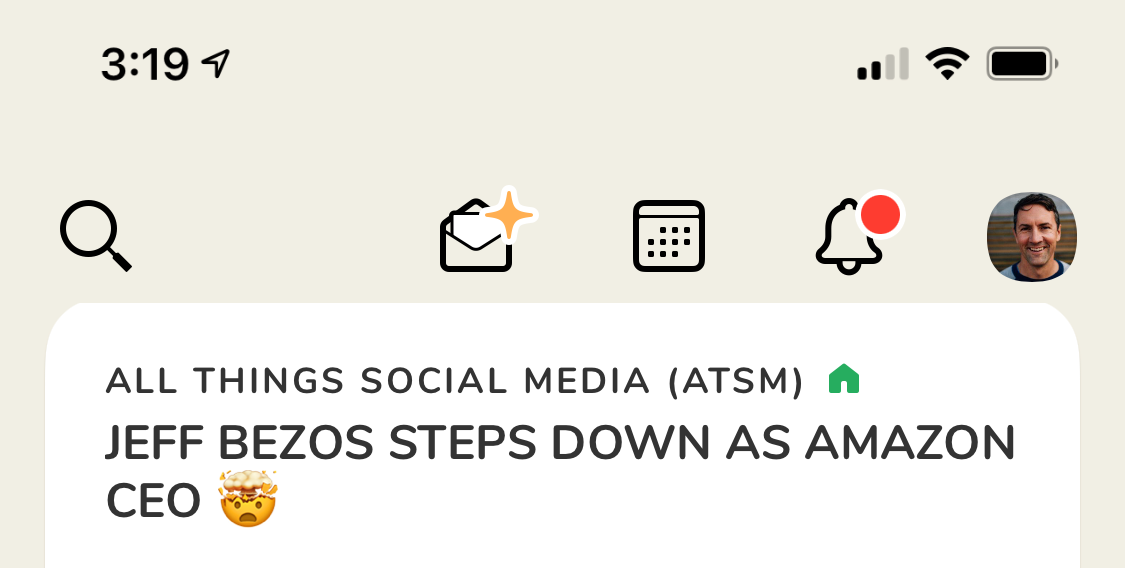
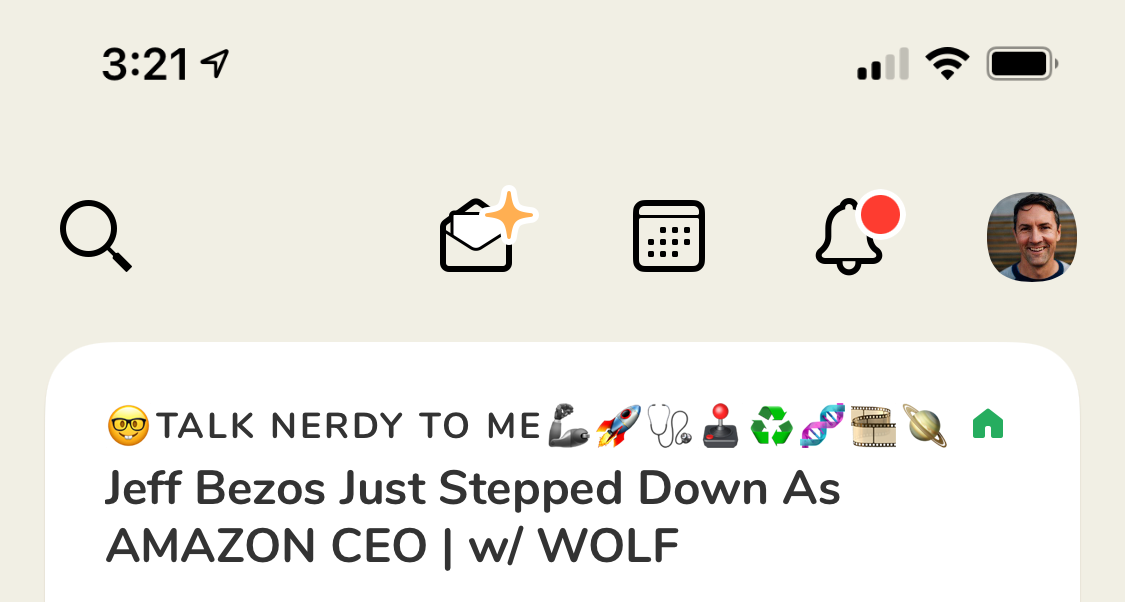
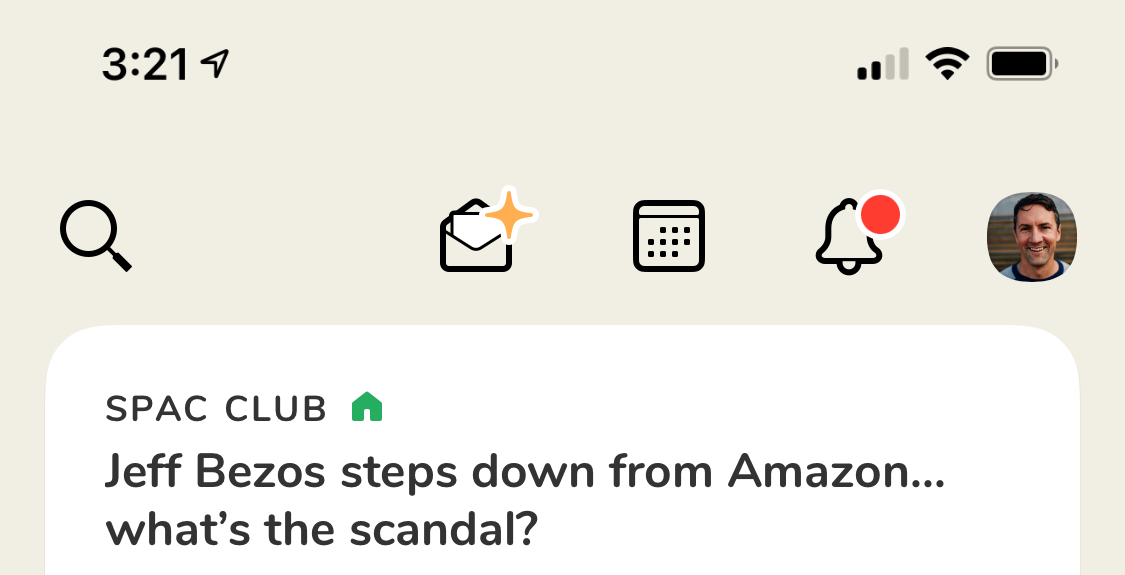
By definition, there is no podcast that can be this reactive in real-time. This is a space that Clubhouse can own. And as a brand or creator, if you want to provide hot, spicy takes on real-time current events, it makes a lot of sense to use Clubhouse.
Clubhouse and Talk Radio
Here’s where areas for Clubhouse disruption get more interesting for me… Clubhouse has much more in common with talk radio than podcasting.

Now that’s a lot of overlap.
For those in the talk radio business, Clubhouse could be both a disruptor and an opportunity. Disruptive because you now have millions of people signed up to a live audio platform that isn’t terrestrial radio, and thousands of new hosts (moderators) competing for the time and attention of audiences.
However, it’s also an opportunity because people who are really good at live talk radio have the potential to be AMAZING on Clubhouse. My relatively limited experience on Clubhouse so far suggests that there are a LOT of unprepared moderators, a LOT of unfocused conversations, and a LOT of room for improvement on the quality of audio and the quality of show on Clubhouse.
Talk radio knows how to do all this. If you work in talk radio, your skill sets could be very portable to Clubhouse and provide you with a significant advantage. Jump in and make an amazing live show!
Clubhouse and Conferences
Clubhouse also has a lot in common with conferences.
In our current pandemic era, almost no one has been hit harder than live events. (Just looking at the photo above makes me uncomfortable — WHERE IS THE DISTANCING? WHERE ARE THE MASKS?)
There is simply no way to gather large numbers of people together safely at any time soon. So what happens to all those conferences where entire industries gather to learn and share information with each other?
Maybe… it’s Clubhouse.

I can’t see myself signing up for several days of all-Zoom panels and keynotes at virtual conferences. I already spend far too much time in front of a screen and the thought of voluntarily opting-in to hours more video fills me with dread and despair.
BUT… the thought of having panels, fireside chats, and well moderated Q&As on my walks, on in the background while I work or cook or clean? I am very open to that.
And it looks like many people are already using Clubhouse for conference-style topics. As I write this, here are a few rooms that I could easily see on a conference agenda:
- SaaS Growth
- Apple AR/VR
- Transitioning From Residential to Commercial Real Estate
- Diversity in the Voiceover Industry
- WTF is UX Writing?
(I actually think I’ve been to conferences with some of these panel themes…)
Would a traditional podcast make lots of sense for a conference? Yes — and I think more conferences should consider moving to podcasts while we can’t gather in person.
Would Clubhouse also make lots of sense for a conference? Yes — especially if interactivity is a core value. Clubhouse also feels like an area where conferences could replicate break-out rooms for networking in a way that is impossible for podcasts.
Clubhouse and TV After Shows
Here’s one more Clubhouse opportunity — TV After Shows. The place where loyal fans of shows gather to hear inside dirt and to gossip about the episode everyone just finished watching.
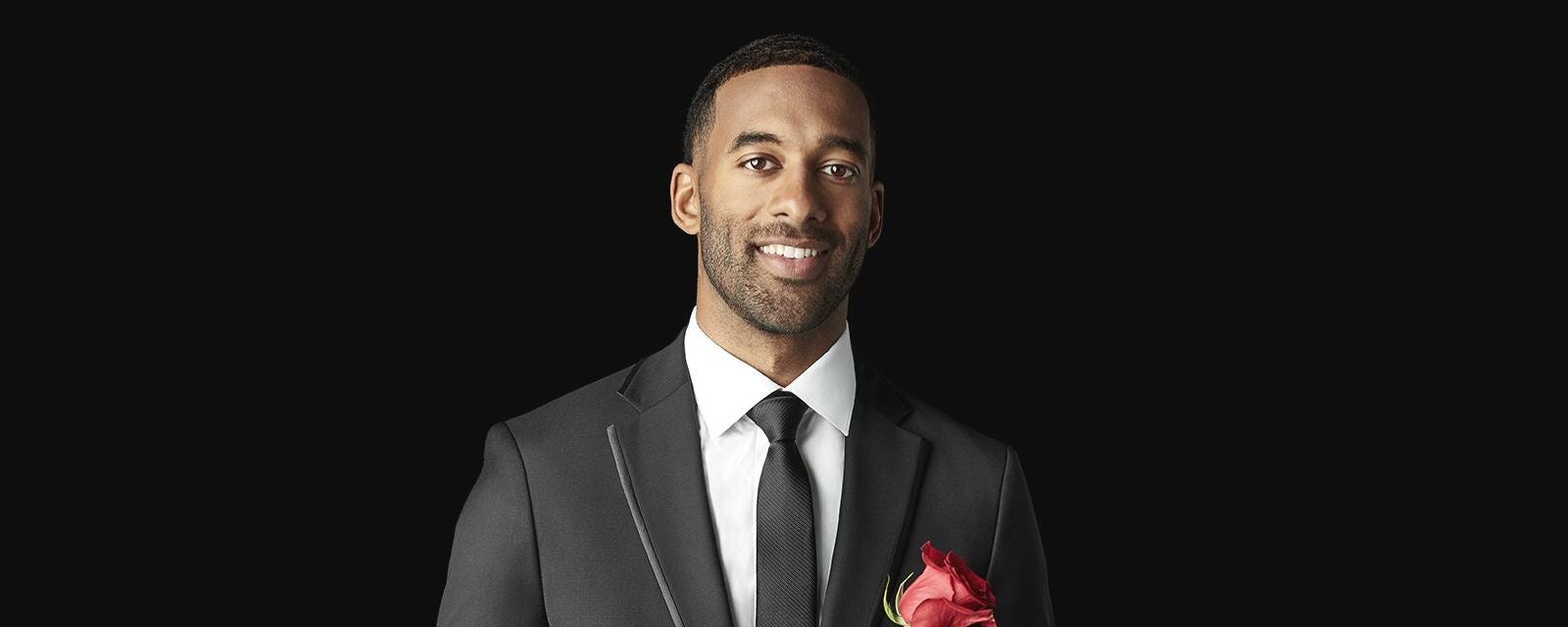
Who loves The Bachelor? Lots of us.
Who listens to Bachelor-themed podcasts recapping the last episode? Lots of us.
Who should be making an official After Show Room on Clubhouse on Monday nights? The Bachelor.
Here’s why:

So let’s get Chris Harrison, plus past and present cast, to do a one-hour After Show Room immediately after each episode. Make sure to have some Q&A and interaction and I bet Bachelor Nation would pour into Clubhouse in droves.
Early Clubhouse Audio Strategy Thoughts
So what can we take away from these simple charts?
Clubhouse is not here to destroy podcasting.
There are digital audio opportunities for talk radio, conferences, and TV that take full advantage of Clubhouse’s strengths.
Clubhouse is here to serve new needs in new ways in digital audio.
As you develop your audio strategy, play to the strengths of the medium and the platform.
Finally, while Clubhouse and podcasting do serve different purposes, the strategies for success in both are similar:
- Value time & attention. You are asking people to give you their most valuable asset — their time and attention. So don’t waste it. Listeners will not suffer mediocrity for long.
- Know your audience. Who is your Clubhouse room for? How is your room creating unique value for that community? Your room is for them, not for you.
- Quality matters. Moderate your room from a quiet environment. Use the best microphone option you can find for your phone. Learn how to moderate a room well. Listeners remember and appreciate quality.
- Prepare. There is a temptation with the ability to “go live” at a moment’s notice to wing it. Great live shows have a ton of preparation that goes on before the show, and a lot of hard work during the show to make things appear seamless and smooth.
- Have fun. Try new ideas. This is a really new platform. Just like podcasting, almost nothing has been invented yet. There is going to be a lot of creative experimentation in this space, so don’t be held back by what you see in Clubhouse today. Invent the show that hasn’t been invented yet.
- Make a great show. In short, you are putting on a show every time you start a room. Make the best possible show you can. Earn trust over time by being consistently great. Earn time and attention over and over again by creating new value every time you open up a room.
If you want to go even deeper on Clubhouse thinking, we’ve put together a whole series exploring the overlapping strategies between CH and live radio:
- Part 1 focuses on pre-show preparation.
- Part 2 focuses on the qualities and role of a host/moderator and why a producer is vital to any live audio show.
- Part 3 explores question lines and strategies and how to prepare your guests before the show.
- Part 4 deals with managing issues during the live show itself, from bad guests to resetting the room.
Are you on Clubhouse? If so, connect with us.
We’re looking forward to seeing you in the real-time, social audio space.
Sign up for the Pacific Content Newsletter: audio strategy, analysis, and insight in your inbox.
Related Posts
Award-winning Podcasts for Every Brand
- By Matt Mise
- on
Three opportunities for brands in podcasts, backed by data
- By Matt Mise
- on





